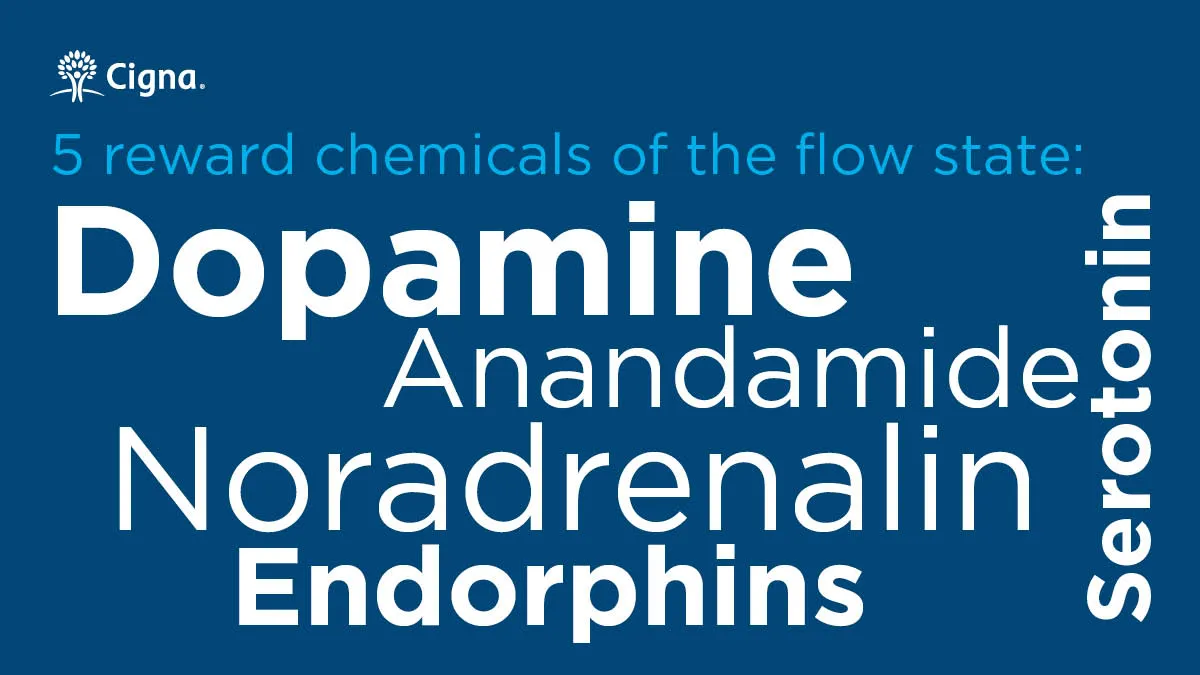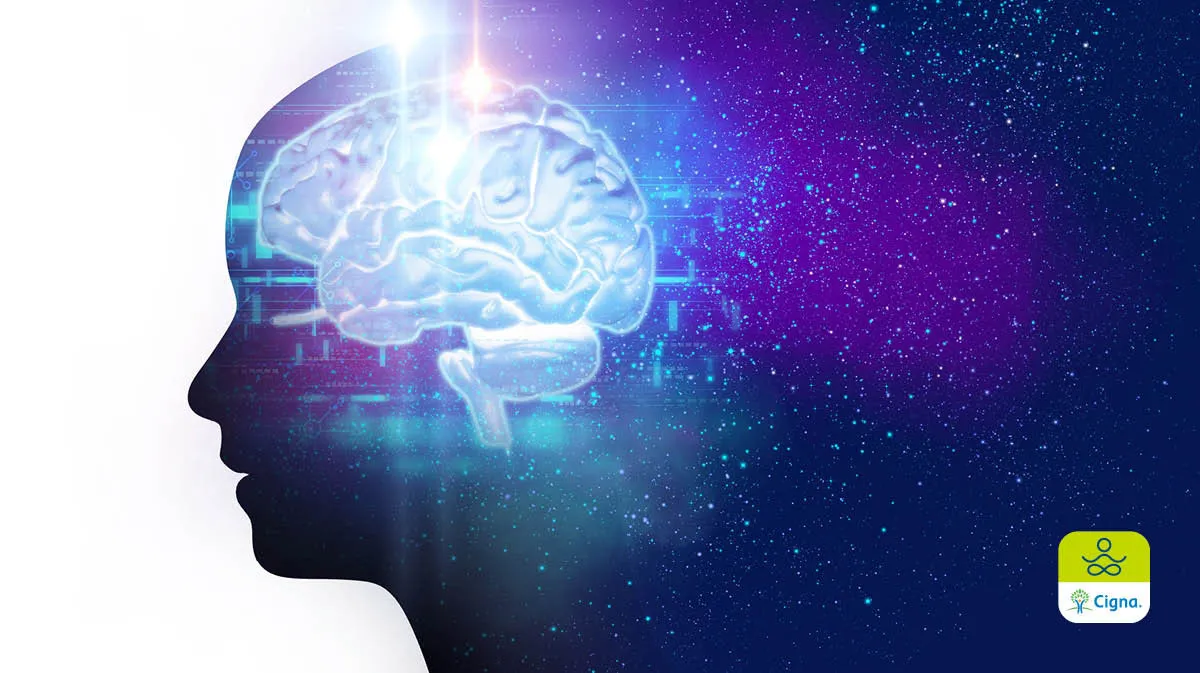- For Providers
- For Brokers
Individuals & Families
- Global Individual Health
- Spanish Domestic Individuals
Employers
- SME Employer Health
- Large Corporation Health
- Spanish Domestic Employers
IGO/NGO
- IGO/NGO Health
Individuals & Families
Top Destinations We Cover
Expat Health Insurance
- Inside Expat Health Hub
- Retiree guide to International health Insurance
- A guide to International health Insurance for working abroad
- Expat Health Insurance Explained
- Student guide to International health Insurance
- Moving abroad while pregnant
Choosing Health Insurance
- Travel Insurance vs International Health Insurance
- Choosing Health Insurance
Country Guides
- Country Guides
FAQ
- Frequently Asked Questions
Employers
Global Health Benefits Europe
- Employers Health Plans
- Cigna Inspire Plan
2 - 149 Employees
- International Health Plans
Large Corporates
- Corporate Health Plans
Global Health Benefits North America
- Employers
- OCONUS
- Students and Faculty
- Government
Clinical
Member resources
- Useful Documents & Information
- U.S Prescription Drug List
Client
- Employer Log In
IGO/NGO & Government
Government Officials
- Government Officials
Client
- Employer Log In
Topics
Individuals & Families
-
Types of Cover
-
Where We Cover
-
Resources
- Inside Expat Health Hub
- Retiree guide to International health Insurance
- A guide to International health Insurance for working abroad
- Expat Health Insurance Explained
- Student guide to International health Insurance
- Moving abroad while pregnant
- Travel Insurance vs International Health Insurance
- Choosing Health Insurance
- Country Guides
- Frequently Asked Questions
-
For Members
Employers
-
Our Plans
-
Clinical
-
For Members
IGO/NGO & Government
Health Blog
For Brokers
What is flow state and how do you achieve it?
What is flow state and how do you achieve it?
Flow state is a positive mental state experienced when you’re completely absorbed, focused, and involved in an activity. Time passes without you noticing and you’re free from distraction, boredom and self-consciousness.
Flow state of mind is a good place to be. It has a positive impact on everything from your work performance to your mental health. But for many of us, it’s quite rare. Instead of just waiting for it to arrive, there are ways we can actively trigger a flow state of mind and encourage that experience.
Is flow state something new?
The phrase flow state was popularised by two positive psychologists Mihaly Csikszentmihalyi and Jeanne Nakamura. Their job is studying positive mental states – happiness, joy, resilience – and examining how to increase them in our everyday lives. Flow state isn’t new – many might simply refer to it as ‘being in the zone’, but the study of it began in the 1970s. However, widespread interest in its positive effects is relatively new.
Csikszentmihalyi and his team interviewed thousands of positive people, from Himalayan climbers to ballet dancers, surgeons and chess champions to examine flow state and its effects. One successful composer described how he felt when composing was going well, saying, ‘You are in an ecstatic state to such a point that you feel as though you almost don’t exist.’ This is his experience of flow. Achieving this blissful feeling was a significant reason for his love of his work, and helped to give meaning to his life.

In his 2004 TED Talk, Csikszentmihalyi (pictured above) says that many of us believe what makes us happy is rest and relaxation, but it’s actually a more active state, closer to the sense of ecstasy that you get from flow state. This has a far more positive effect on our mental health than relaxing. In fact, too much relaxation leads to apathy, which is distinctly bad for our brain. It is therefore a good idea for us to try to increase our instance of flow and the positive frame of mind it brings into our everyday life.
7 elements of experiencing flow state:
- Completely immersed in the task
- A sense of ecstasy or bliss
- Great inner clarity
- Knowing we can achieve the activity
- A sense of inner serenity
- Timelessness & total focus on the present
- Intrinsic motivation; whatever produces flow becomes its own reward
How can you get into a flow state of mind?
To get into your flow state, you need to eliminate any distractions, external and internal. Multitasking is the enemy of flow state. Create a plan, and only tackle one thing at a time. Research shows that trying to juggle tasks is detrimental to accomplishing them.
Flow state is easier to achieve when we’re doing something we enjoy. It usually comes with tasks that gives us a sense of purpose and aligns with our values and passions. However, we can start to enjoy something more when we get into it, and then enter flow state; it can be a chicken and egg situation and is therefore worth pursuing at work.
Once you’re focused with complete attention on something for 10-15 minutes, you are more able to get into flow state. In fact, some people refer to flow state as ‘hyper focus’. According to Csikszentmihalyi, our brain is capable of processing about 110 bits of information per second, and when you are in a state of flow all 110 are engaged in the task, so you don’t have any attention left over. You won’t have the urge to jump up to grab a coffee, eat, think about your phone, or anything else.
Meditation is a good way of practising how to eliminate the internal distractions from your own mind. The skills learned in this discipline can then be used while you’re at your desk. Ten minutes meditation every day can make a difference.
Likewise, practising yoga, particularly its breathing techniques, can help you to focus solely on the present. This will also train your brain to find it easier to get into your flow state.
Practical solutions to combat external distractions include putting away your phone , clearing desk clutter, and switching on a social media blocker. These will all help you start to concentrate solely on the task in hand.
Plan to tackle a task using flow state at the start of the day, or when you feel most alert.
Make sure you choose a task that will make it easy to achieve flow state. It should be something challenging, but not so much that it creates overwhelm. A job that’s too hard can cause stress, and while your brain is occupied with stress it won’t achieve flow state. Tasks that are too easy may not keep your brain occupied enough and your mind may wander, so won’t achieve flow.
Set a clear goal. If you’re not sure where you’re heading before you begin, you won’t know exactly when you’re finished and you may procrastinate, another great enemy of flow state. Your brain will try and get you to stop earlier than if you’re aiming for a specific goal.
Stay hydrated. This seems obvious, but 75 per cent of our brain is water, so it makes sense to keep the levels topped up.
A more controversial piece of advice is to drink up to (but not more than) 200mg of caffeine (about 2 shots of coffee) before you start a task. According to research, caffeine can improve alertness and help us learn and absorb new information on a short-term basis. Obviously, this won’t appeal to everyone, but for coffee lovers, it’s a bonus.

What are the benefits of flow state?
Those in flow state complete tasks faster due to the increased levels of creativity and concentration. As well as improved productivity, problem solving skills are also developed, as well as mood lift and reduced anxiety and stress. In general, the experience of flow brings about superior physical and cognitive performance.
According to Brainbiz.com in Australia, who examined the neuroscience of flow, ‘the slow sequential thinking from our prefrontal cortex (used for complex decision-making, conscious thought processing, self-awareness and time recognition), gives way to faster sub-cortical brain regions during flow state. We can then easily create spontaneous and creative connections between information and events.’
Flow state induces reward chemicals in our brains. These include:
- dopamine – the feel-good chemical
- anandamide – the bliss molecule, with anti-anxiety properties
- noradrenalin – activates the body and alerts our senses
- serotonin – mood stabiliser
- endorphins – generates euphoria
In simple terms, flow makes you feel happier. A McKinsey & Co study found that it increased productivity by 500 per cent, another study by Flow Genome Project found that it amplifies creativity between 400 & 700 per cent. And it also improves learning rates by 490 per cent according to a study by the US Military.
It is obvious that flow is great state to be in, but the tricky part is finding a way of entering it more often. Awareness of flow and its benefits is a good starting point, so that next time you have a task to complete, you can at least try to enter that hyper focused state.
Have a question? We’re here to help.
If you need expat health insurance alongside your travel insurance, we have options to suit your needs and budget.
Related articles
@Cigna 2025
This article serves only as a reference and is intended for informational purposes only. Nothing in this article constitutes legal, tax, financial planning, health or medical advice including diagnosis or treatment. Any reference to products or services offered by Cigna are available except where prohibited by applicable law and subject to terms and conditions. Cigna have no involvement in, nor are we liable for, any decisions and/or outcomes that are made or determined by FocusPoint International.
Contact Us
Whether you wish to speak to our sales team or get general help if you are already a Cigna Healthcare® member, we’ll get you to the right information.
Contact InformationPopular Links
Resources
© 2025 Cigna Healthcare. All rights reserved.
*Please note, this is a representation of the benefits available and does not contain the terms, conditions, and exclusions specific to each benefit. The benefits may be subject to change. Some benefits may be part of an optional module. Please see the Customer Guide for full details.
This website is provided by Cigna European Services (UK) Limited, a company incorporated in England and Wales having its registered address at 13th Floor, 5 Aldermanbury Square, London EC2V 7HR and registered number 00199739. The Cigna Healthcare name, logo and other Cigna Healthcare marks are owned by Cigna Intellectual Property, Inc., licensed for use by The Cigna Group and its operating subsidiaries.
Our Policies are underwritten by Cigna Global Insurance Company Limited, a private limited company under Guernsey Law, with registered address office at PO Box 155, Mill Court, La Charroterie, St Peter Port, Guernsey, GY1 4ET, and company number 41925. Cigna Global Insurance Company Limited is authorised and regulated by the Guernsey Financial Services Commission for the conduct of insurance business in Guernsey.
This communication is being issued and/or distributed by Cigna Insurance Management Services (DIFC) Limited which is regulated by the Dubai Financial Services Authority.
Selecting these links will take you away from Cignaglobal.com. Cigna Healthcare does not control the linked sites' content or links.

